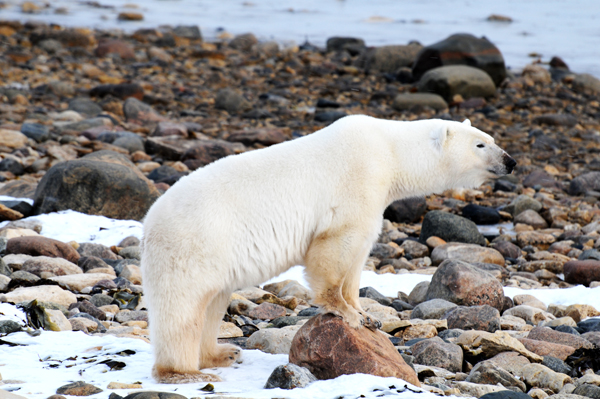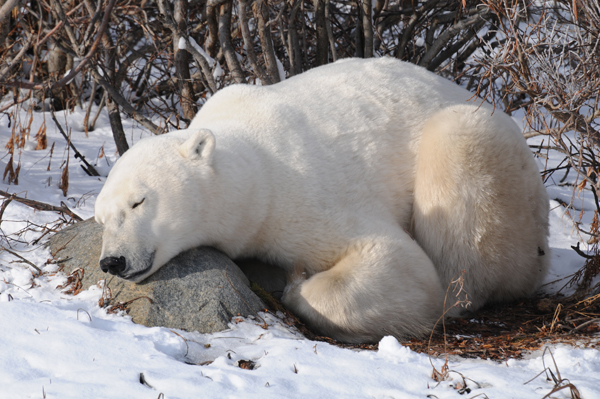Science on the Northern Front
February 8, 2021

Students at École secondaire Kelvin High School are getting an opportunity to join Arctic researchers in the field as part of a new international science partnership.
For the past two summers, the school has worked with the Park School of Baltimore in the International Student-led Arctic Monitoring and Research partnership.
“The Park School has already been involved with this for eight summers,” said Kelvin science teacher Donna Labun. “This is hands on research. Rather than just studying in the classroom, the students are going out into the field and learning about it.”
Student Maddy Pineau, who is planning on pursuing the study of biology at the post-secondary level, jumped at the opportunity to participate in new research and see a rarely seen section of Manitoba: “I’ve travelled halfway across the world, but I’d never travelled my own province.”
One study had students monitoring the depth of permafrost layers in bogs and fens and looking for correlations between permafrost thickness and vegetation. Students travelled to Churchill in August to work for two weeks with research partners Dr. Ryan Brooks (University of Saskatchewan) and Dr. Jim Roth (University of Manitoba), who is studying the native fox population.
“The opportunity to do higher level science with other students really piqued my interest,” said Kelvin student Tim Roth, whose parents are both heavily involved with Arctic monitoring and research in their professional lives. “These projects are ways of monitoring this fragile ecosystem…in the long term, we’re just starting. We have eight years of data, but we’re on a 30 year plan.”

Once researchers have broader database to explore the relationship between the active permafrost layer and the vegetation on top, the hope is to use the plant life as an indicator of permafrost depth—thus enabling a wider-scale, more efficient method of examining permafrost layers in relation to other factors such as climate change.
In the meantime, gathering permafrost depths is messy work; students used hip waders to navigate through the wet terrain.
“There are two main habitats, the bog and the fen,” said student Akio Bird. “The bogs usually have a thinner active layer, so its drier and covered mostly in lichen. It’s easier to probe, but it can be difficult to tell all the different species of lichen apart. The fens have a much thicker active layer, so they’re a lot wetter—and there’s a lot of clay and rocks that makes probing difficult.”
Another research session, held last October, had students studying the identification of polar bears using whisker patterns. Students worked with University of Manitoba researcher Dr. Jane Waterman on the project and used identification software (Whiskerprint) to measure and recognize facial patterns. The project could lead to a less-invasive way to track polar bears long-term.
“We went out on tundra buggies…whenever we saw polar bears, we’d take pictures,” said student Jessica Katz, who plans to be a zoologist. “We’d try to photograph the face for whisker prints, as well trying to get body condition images. Researchers want to see population changes and as well see body condition changes in individual polar bears over time.”
The eventual goal is to have an online resource where tundra buggy tourists and residents can share their own photos for the collection of long term data.
A major aspect of the interschool partnership is having students share their experiences and research with their fellow Kelvin students and other audiences. In January, Tim, Jessica, Akio and Maddy presented to researchers, professors and grad students at the Wapusk National Park Research Symposium in Winnipeg; the Kelvin/Park School contingent were the only high school presenters at the conference.
“It was really nerve-wracking. There were some very influential academics there, but it was really interesting to talk to these people…and satisfying to see that they respected what we were doing as researchers and saw a lot of promise in the future,” Tim said.
With researchers hoping to gather a solid bank of long term data in Canada’s North, Kelvin and Park School students are planning to be involved for many years to come.
“This is going to be a continual process,” Ms. Labun said. “We’re hoping to do this indefinitely,”
